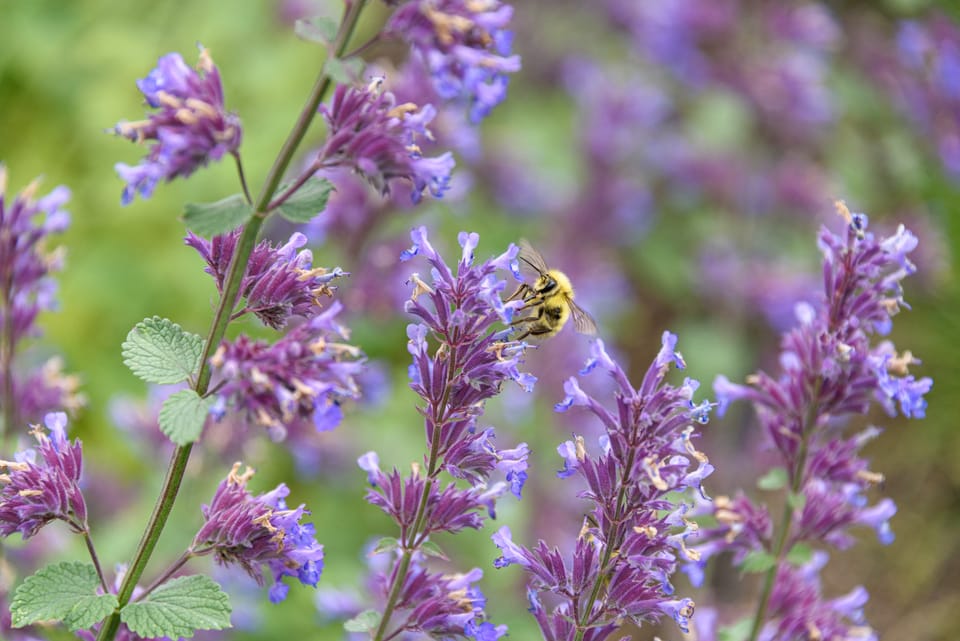The season has changed, and with it come symptoms including sneezing, coughing, nasal congestion, a runny, itchy nose, and watery, itchy eyes for one out of every four Americans. Seasonal allergies occur because the body’s immune system reacts to allergens such as pollen and tree molds in the changing environment. Seasonal allergies are also called allergic rhinitis and hay fever, even though a fever is usually not associated with the condition.
Although over-the-counter nasal sprays and oral antihistamines are available, many Americans continue to suffer from symptoms or would prefer other treatment options. Medical evidence shows that Acupuncture and Butterbur are two integrative options for treating seasonal allergies.
Acupuncture:
The systematic review below analyzed 30 randomized controlled trials with 4413 participants. The results show that acupuncture improved the nasal symptoms and quality of life when measured in adults with allergic rhinitis and was more effective than sham acupuncture, a placebo treatment intended to mimic the appearance of actual acupuncture without providing therapeutic benefits. In 2015, Ear, Nose, and Throat specialists recommended within the clinical practice guidelines for allergic rhinitis that “Clinicians may offer acupuncture, or refer to a clinician who can offer acupuncture, for patients with allergic rhinitis who are interested in nonpharmacologic therapy.”
Acupuncture for allergic rhinitis: a systematic review and meta-analysis - PMC
Butterbur:
Butterbur is a shrub with large green leaves that grows in North America, Europe, and Asia. Its name comes from the custom of using the large leaves to wrap up butter in warm weather. The extract from the butterbur leaf can be used to treat allergic rhinitis. A 2007 evaluation of 6 studies with 720 participants suggests that Butterbur (scientific name P hybridus) is superior to placebo or similarly effective compared with non-sedative antihistamines for intermittent allergic rhinitis.
Herbal medicines for the treatment of allergic rhinitis: a systematic review - PubMed
Butterbur should only be used under the direction of a healthcare provider due to potential side effects (including belching, diarrhea, upset stomach, drowsiness, rash, and possible allergic reaction), drug interactions, and the need for quality product recommendations. The butterbur plant contains substances called pyrrolizidine alkaloids (PAs), which may cause liver and lung damage and cancer. Therefore, only butterbur products that have been processed to remove PAs should be considered for use. Qualified healthcare providers can recommend specific products that are labeled or certified as PA-free. Butterbur products should not be used during pregnancy or while breastfeeding.
During the seasonal changes, when 25% of Americans struggle with allergic rhinitis, considering a personalized, integrative treatment approach can bring relief to patients.




